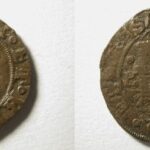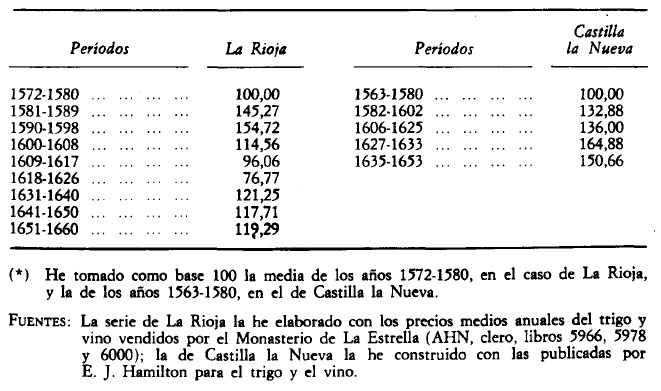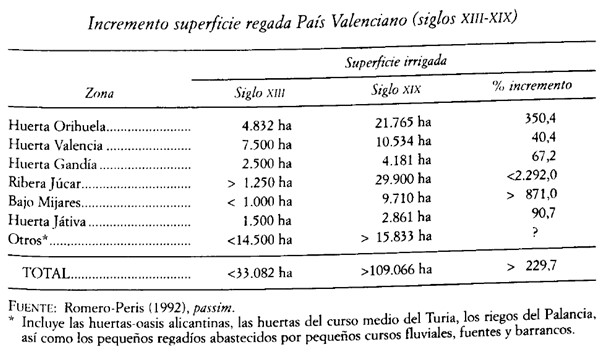
The maravedí was a Spanish coin used between the 12th and 19th centuries, whose minting began during the reign of Alfonso VI after the conquest of Toledo in 1085. During the reign of the Catholic Monarchs, other types of coins appeared, such as the ducats. One of these, the “white” coin, had a value of half a maravedí. This small coin, of little value and small size, has survived to the present day through the expression “estar sin blanca” (to be penniless). The two maravedí coin of the Catholic Monarchs has inscriptions on the obverse and reverse. On the obverse we can read the direct allusion to the monarchs who minted the coin in Latin “FERNANDVS – ET – ELISA” (Ferdinand and Isabella). A castle with three towers appears on the reverse. The reverse reads ‘REX – ET – REGINA – KAS’, thus referring to their status as kings
Collection: Images
Project: 2. Social and economic impact of technological revolutions in Europe.
Chronology: XV, XVI
Scope: Secondary Education
Link: http://ceres.mcu.es/pages/Main?idt=128875&inventary=A-10344&table=FMUS&museum=MSG
Resource type: Image
Format: Hammer minted fleece coin (1469–1504)
Source: Red Digital de Colecciones de Museos de España
Language: Spanish
Date: 1469-1504
Owner: Álvaro Romero González (Modernalia)
Identifier: A-10344
Copyright: Red Digital de Colecciones de Museos de España
Abstract: Fleece coin of 2 maravedíes of the Catholic Monarchs. Museum of Segovia.
Image
Tags








